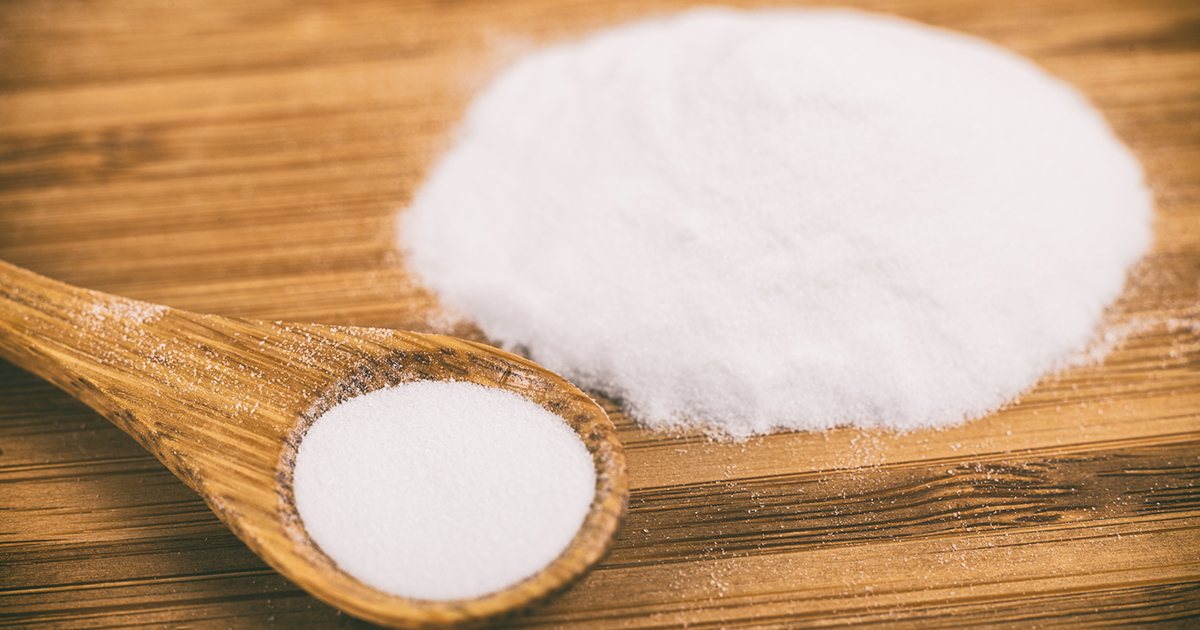How To Treat & Prevent Swimmer's Itch
Cercarial dermatitis, or swimmer's itch, is an allergic reaction to exposure to a parasite commonly found in areas of salt and freshwater. The parasite is primarily carried by birds and other mammals, but can also contaminate water through the presence of snails. The parasite can cause a rash and blisters in humans, which can occur within one hour of exposure to contaminated waters. Most cases of swimmer's itch do not require medical intervention and can be treated with at home remedies. However, frequent exposure to the parasite and occurrences of swimmer's itch does make the body more sensitive to the parasite, making swimmer's itch harder to treat after multiple occurrences. Learn specific options for treating and preventing swimmer's itch now.
Dry Off Immediately After Swimming

One of the primary things an individual can do to prevent swimmer's itch is to dry off immediately after swimming. While swimming in contaminated water, the parasite that causes swimmer's itch can latch onto the skin. Drying the skin immediately after swimming with a towel or cloth can detach any parasites that may be latched to the skin before they have a chance to burrow further in and cause the uncomfortable swimmer's itch symptoms. It is also advisable to rinse off before drying, using a public shower or water hose. The additional pressure from the shower spray working in tandem with the drying motion of the towel can provide the maximum benefit.
Continue for more on treating and preventing swimmer's itch now.
Take Warm Baths With Baking Soda

The rash that accompanies swimmer's itch can be itchy, and it can be tempting to scratch. However, scratching is not advised, as it can cause small tears in the skin increasing the risk of infection. Individual's with swimmer's itch may find some relief if they take warm baths with baking soda. The itch individual's experience is typically due to inflamed skin. Baking soda helps to reduce inflammation, thus providing soothing relief. A baking soda bath can be made by combining a half cup to one cup of baking soda into a tub full of water. This particular remedy can be repeated two to three times per day until the itching and rash subside. Alternatively, a baking soda paste can be made by combining one to two tablespoons of baking soda with water until it forms a paste, which can be placed directly on the rash for relief.
Get to know more treatment and prevention options for swimmer's itch.
